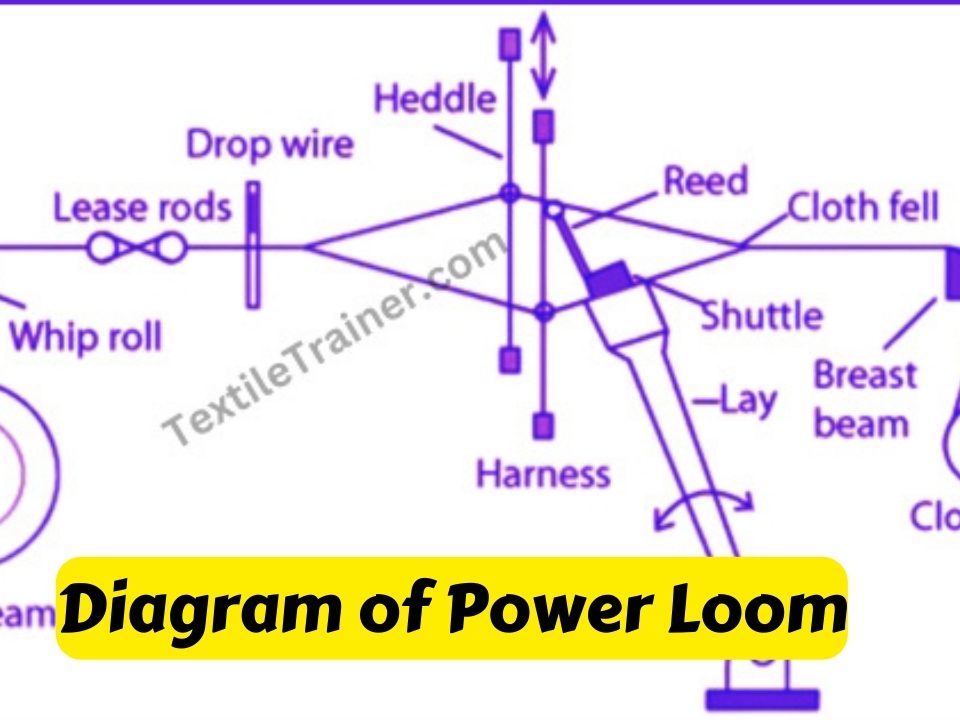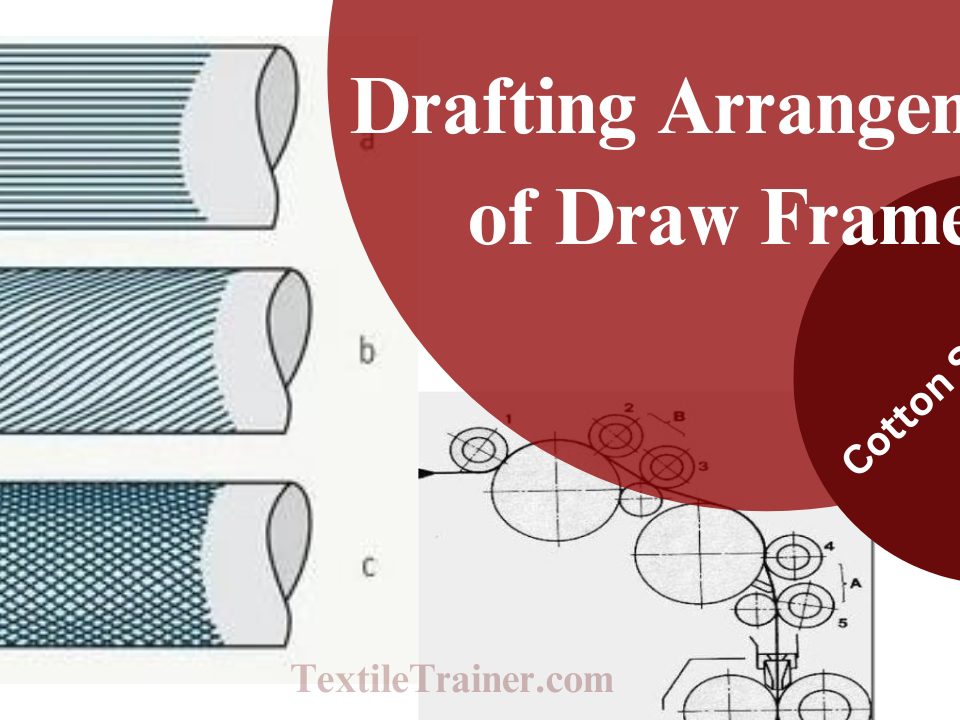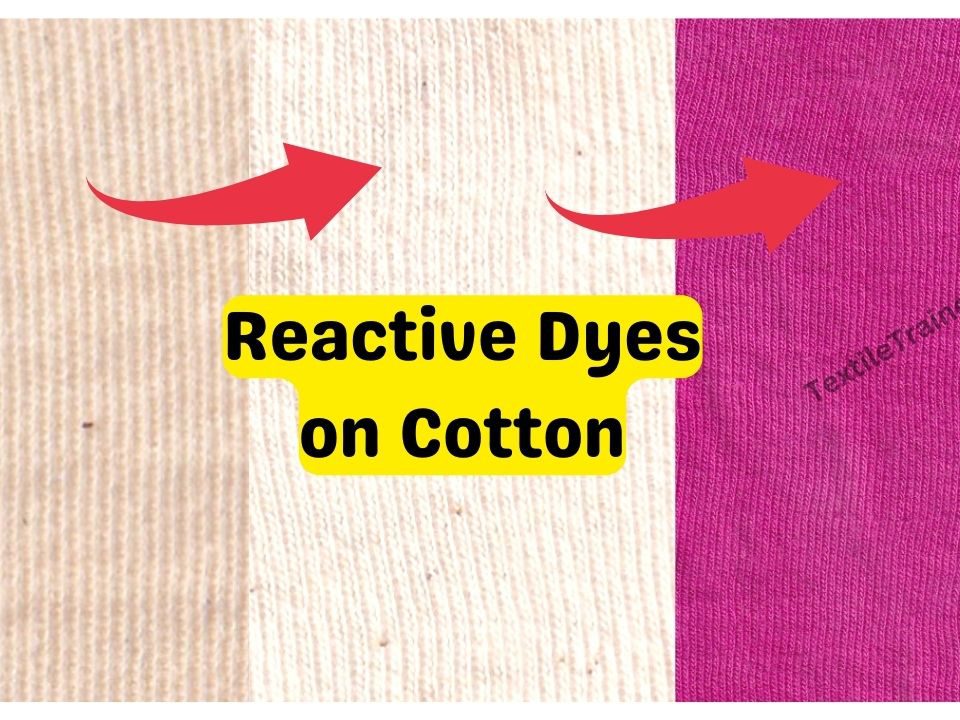Introduction:
Tensile strength is one of the most important properties of fabric. The strength of fabric may be determined from three approaches. They are its resistance to a tensile load, its resistance to a tearing force, and its resistance to a bursting force. Each of these three measurements has its own usefulness. The breaking strength measures the fabric’s resistance to a tensile load or stress in either the warp or filling direction. The tearing strength is a measure of the resistance to tearing of either the warp or filling series of yarns. The Third measure of fabric strength is bursting strength, which is used primarily for knit fabrics but also for lightweight woven fabric. There are two methods which are used to measure the fabric tensile strength:
- Grab test method.
- Strip test method.
- a. Cut strip test.
- b. Raveled test.
In this experiment, we will measure the tensile strength of woven fabric by the strip test method.
Objectives:
- To know about fabric strength.
- To know different fabric strength testing method.
- To learn about strip test method.
- To learn testing procedure of strip testing method.
Before going to the testing procedure, we have to maintain standard testing atmosphere.
Apparatus:
- Fabric tensile strength tester.
- Needle.
- Fabric swatch.
- Magnifying glass.
- Scissor.
- Marking pen.
- Marking template
Standard testing atmosphere:
An atmosphere at the prevailing barometric pressure with a relative humidity of 65% and temperature of 200 C is called standard testing atmosphere.
Specimen Preparation:
The fabric strength is determined in warp and weft direction separately. At first, we have to identify the warp and weft direction using a magnifying glass. The size of the testing specimen depends on the test method. Here we take the test sample with a minimum length of 6 inches and a width of either 2 inch. We will cut ten testing samples, i.e., 5 for the warp way and another 5 for the weft way.



Working Procedure:
- At first, we have to inspect the tester for the proper size clamps, the distance between clamps, and any other parts or settings deemed necessary.
- Then place the sample in the clamps. The 2-inch dimension of the clamps is perpendicular to the direction of the load. The 2-inch clamp is used so that the full width of the test specimen will be clamped firmly across its entire width. The specimen should be placed in the clamps so that the yarns to be broken are precisely perpendicular to the load.
- Now apply load to the sample when the sample breaks, reverse movement of the lower clamp, and raise the pen from the chart if a stress-strain chart is being made.
- When the sample breaks out, the machine will be stopped, and we will show the result on the screen.
- When a stress-strain curve is made, the elongation is of interest in addition to the strength. The stress-strain curve for fabric is analyzed in the same manner as for yarn.
- At last average strength and CV% are calculated.
Calculation:
Warp way:

weft way:

Warp Graph:

Weft Graph:

Finally we found,
Warp way:-
Average strength: 641.19 N
SD%(Standard Deviation):-15.45%
CV%:- 2.41%
Weft way:-
Average strength:- 240.07 N
SD%(Standard Deviation):-6.90%
CV%:- 2.87%
Precautions:
The below precautions must be followed during the test :
- Warp and weft direction should be identified carefully.
- Fabric specimen must be conditioned under standard testing atmosphere.
- Be careful when a specimen is prepared.
- Must inspect the machine before the test.
Conclusion:
Tensile Strength is one of the most essential characteristics of woven fabric. This experiment taught us different testing methods for the strength test of woven fabric. We also have learnt the working procedure of the strip testing method. This experiment will be helpful for our future. Thanks to our teacher for helping us.
References:
- Booth, J. (2008). Principles of Textile Testing. New Delhi: CBS Publishers & Distributors.
- Hamby, E. B. (1993). Handbook of Textile Test and Quality Control. New York: Wiley Eastern Limited.
- HU, J. (n.d.). Fabric Testing. New York: Woodhead Publicatioing Limited.






